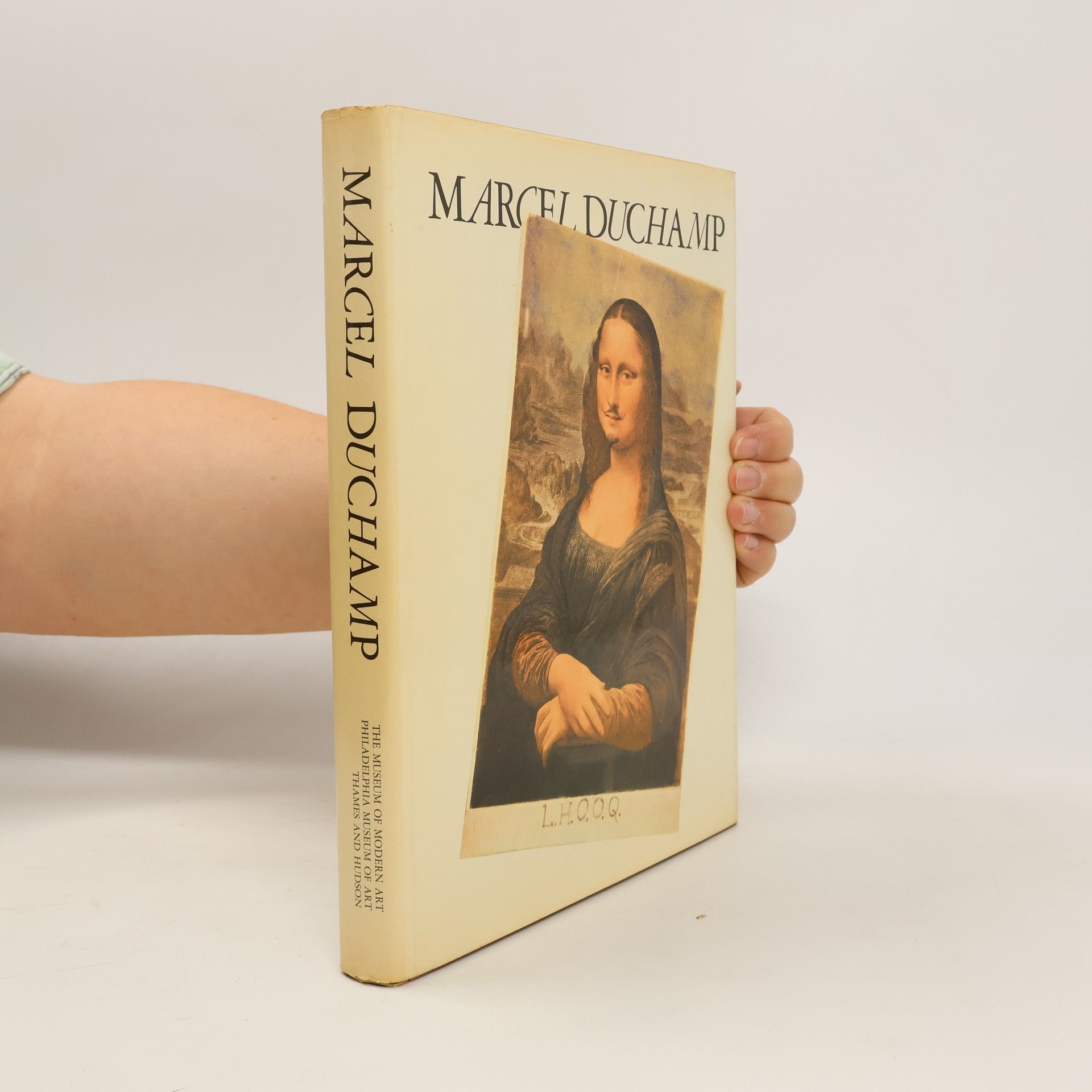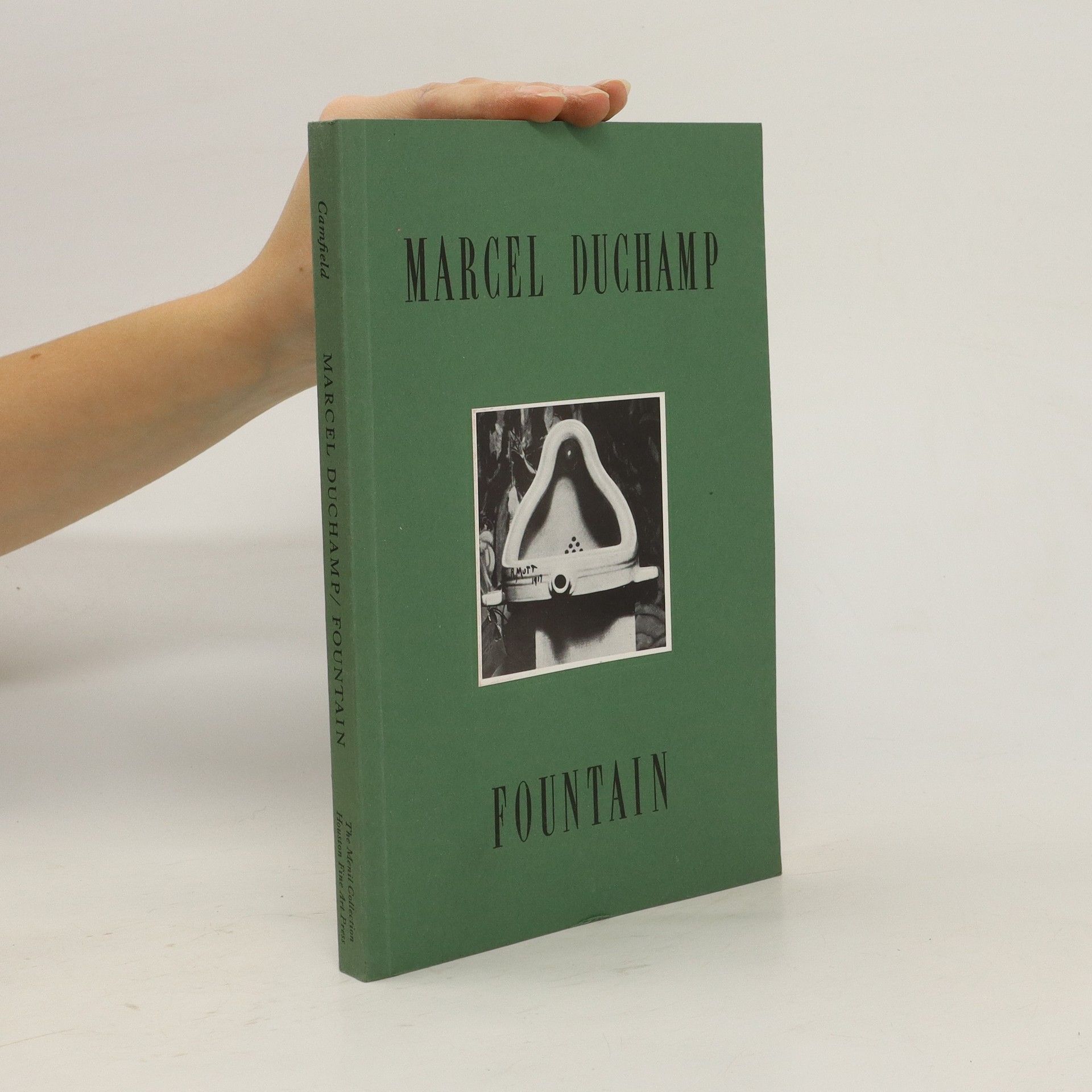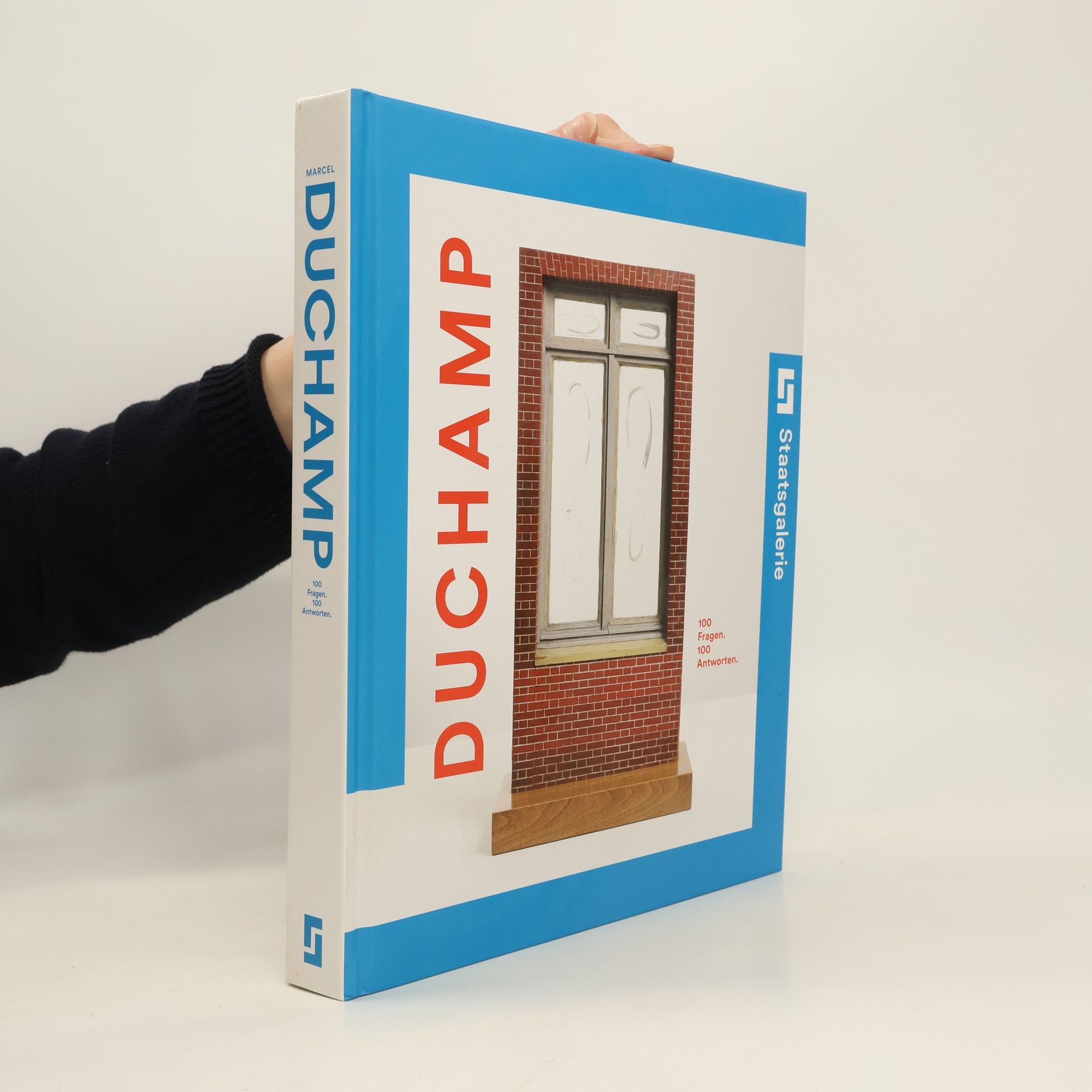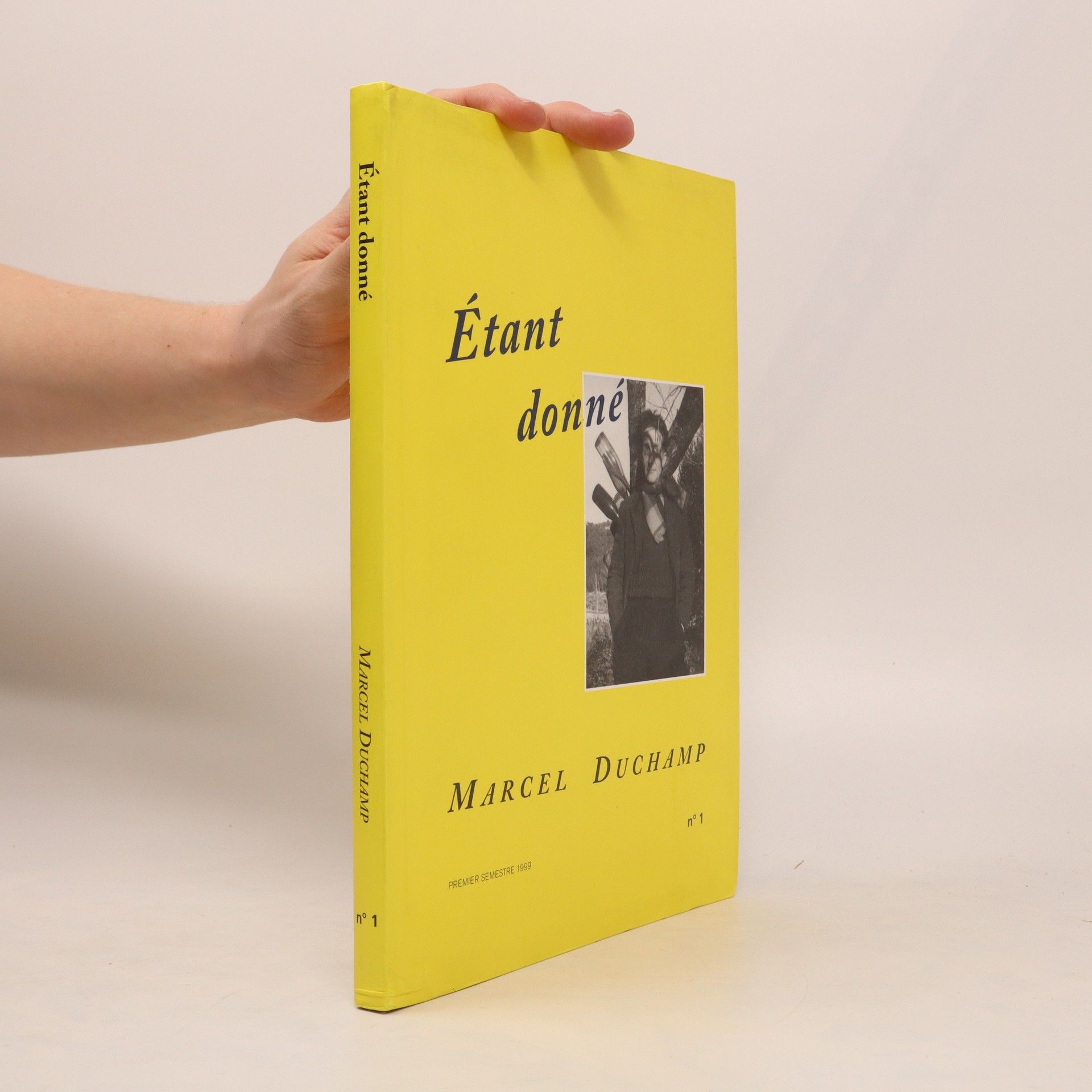Marcel Duchamp (Englisch)
MMK Museum für Moderne Kunst, Frankfurt
Thanks to Marcel Duchamp, we know that everything can become art and that there is no limit to thinking here. The first comprehensive exhibition in two decades shows Duchamp's works from all creative phases from 1902 to 1968. Through his early work of Post-Impressionist paintings, his caricatures and involvement with Cubism, to his iconic Readymakes, Duchamp's thinking is revealed. He created works with a persistent precision and stubborn anarchy peculiar to him, which only find their completion through us as viewers. In this way, the work changes with us and in time.













